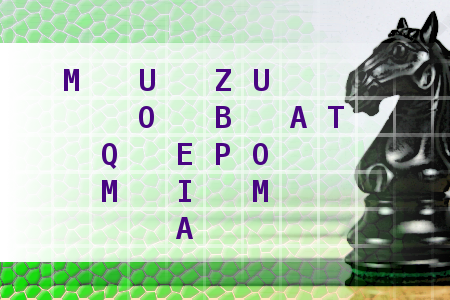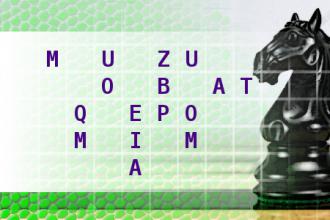Chess Knight Move
Find the country and its capital city, using the move of a chess knight. First letter is M. Length of words in solution: 10,6.Correct answers: 33
The first user who solved this task is On On Lunarbasil.
#brainteasers #wordpuzzles #chessknightmove

Jessi Klein: Cosmo Magazine
What I love about Cosmo is it is this magazine that is pretending to be your best friend. But Cosmo hates you so much; Cosmo just wants to undermine you, and make you insecure. Like, two real stories from the cover of Cosmo recently, one of them was how to drive a man wild in under 60 seconds. Im just like, when would I ever need to do that? When would I ever be in that kind of a rush? Am I at a tollbooth?

